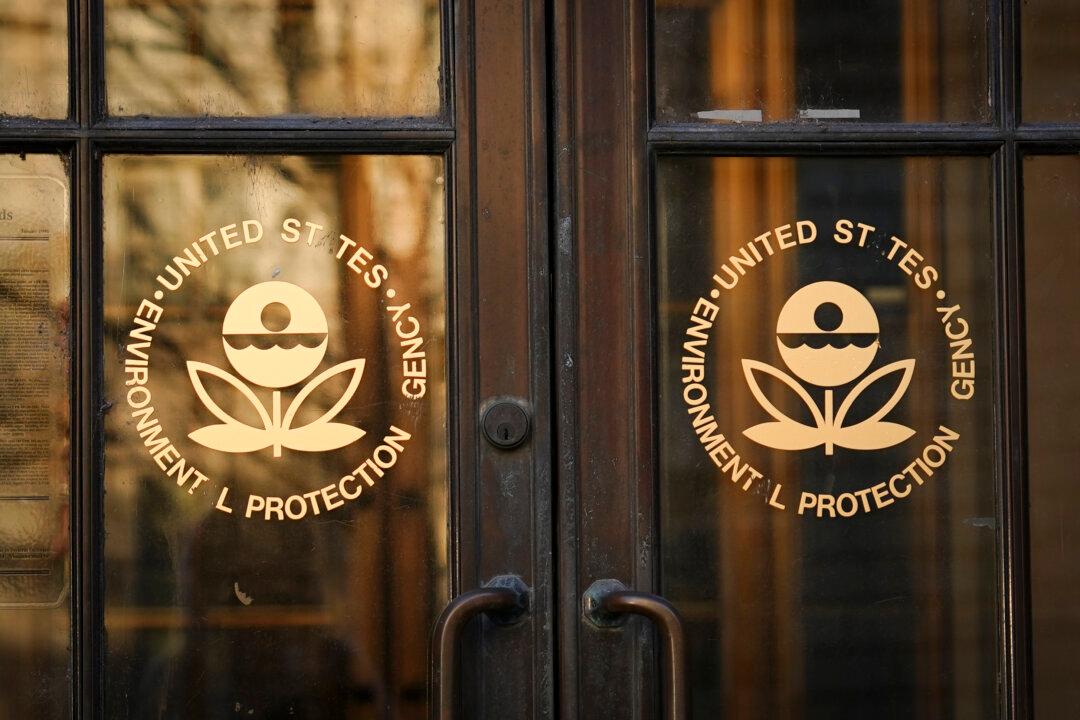The U.S. Environmental Protection Agency (EPA) has proposed implementing restrictions on the use of 1-Bromopropane (1-BP), warning that exposure to the chemical can result in cancers and damage internal organs.
1-BP is used in a variety of industrial and consumer applications, for example, in cleaning operations, as an insulation for building and construction materials, during the manufacture of several chemical compounds, and in spray adhesives.





